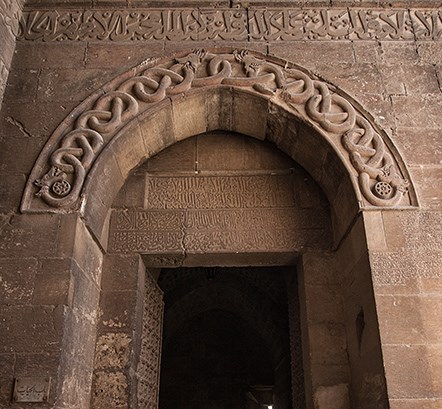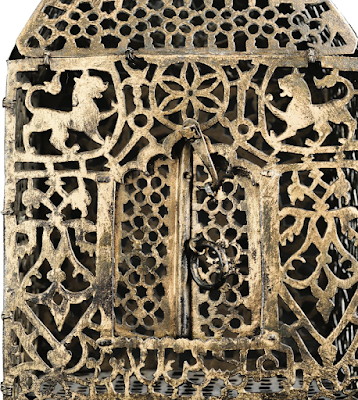Seljuk Turks
"Parlak ve Şans- İslam Dünyasından Sanat" Sergisi
Den Haag Belediye Müzesi'nde 900-1900 arası 300 parça 08 Eylül 2018 - 03 Mart 2019 sergilenecek.
SB.
Seljuk Turks
NL
08 september 2018 t/m 03 maart 2019
"Glans en Geluk - Kunst uit de Wereld van de İslam"
Titelen als "İslamitische kunst" is niet correct, İslam bevat verschillende nationaliteiten !
Bijvoorbeeld:
- (hoofdfoto) "Moskeelamp met het lichtvers uit de Koran en titels van opdrachtgever, Syrië of Egypte, 1322-1328" ;
Turkse Kunst, behoort aan Mamluk Turks !
Ook als het uit Syrië of Egypte komt !
- "Tegel in de vorm van een ster, Oost-Iran, midden 15e eeuw" ;
Turkse Kunst, Ottoman / Safavid Turks.
Ook als het uit İran komt, dat betekent niet "het is Perzische Kunst"!
- "Tegel met kalligrafie in reliëf (eretitels van opdrachtgever), Iran, 1200-1400";
Turkse Kunst, Seljuk Turks !
- "Schaal met arabeskpatroon, Turkije, Iznik, circa 1480";
Turkse Kunst, Ottoman Turks !
- "Schenkkan, Iran, circa 1200, kiezelaardewerk met lusterglazuur";
Turkse Kunst, Seljuk Turks !
- "Kom met kalligrafie en streepdecor, Iran, 1200-1250, kiezelaardewerk";
Turkse Kunst, Seljuk Turks !
link1: gemeente museum / link2: den haag centraal
Het meeste stukken van de tentoonstelling behoort aan Turkse Kunst ! Ben er persoonlijk tegen de titel "Islamitisch", omdat deze titel scheidt alle werken die aan Turkse Cultuur behoort van elkaar af! Arabische geschriften bewijst ook niet dat de kunst aan "Arabieren" of "Perzen" behoort!
Seljuk Turks
ENG
Titles such as "Islamic art" is not a correct, İslam contains different nationalities! I am personally against the title "Islamic", because this title separates all works that belong to Turkish Culture! Arabic writings also do not prove that the art belongs to "Arabs" or "Persians"! Most of the exhibition belongs to Turkish Art!
For example:
- (main photo) "Mosaic lamp with the light verse from the Koran and titles from the principal, Syria or Egypt, 1322-1328 ";
Turkish Art, belongs to Mamluk Turks!
Even if it comes from Syria or Egypt!
- "Tile in the shape of a star, East Iran, mid-15th century";
Turkish Art, Ottoman / Safavid Turks.
Even if it comes from Iran, it does not mean "it is Persian Art"!
- "Tile with calligraphy in relief (honorary titles of principal), Iran, 1200-1400 ";
Turkish Art, Seljuk Turks!
- "Arabesque pattern scale, Turkey, Iznik, circa 1480 ";
Turkish Art, Ottoman Turks!
- "Pottery with luster glaze, Iran, circa 1200 ";
Turkish Art, Seljuk Turks!
- "Pottery, with calligraphy and stripe decor, Iran, 1200-1250 ";
Turkish Art, Seljuk Turks!
SB.
Turkse Cultuur & Kunst
Turkish Culture & Art














































